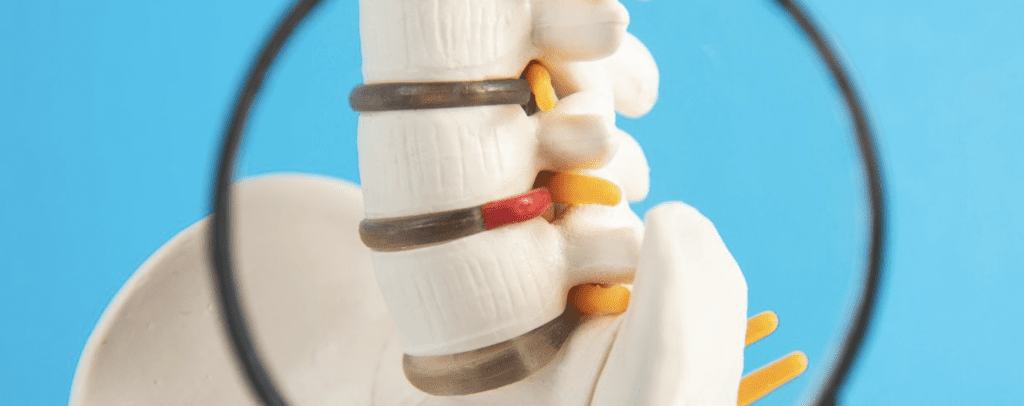If you’re dealing with back, neck, or limb pain, understanding whether you have a pinched nerve or pulled muscle is key to proper treatment and relief. While the symptoms may seem similar initially, pinched nerves and muscle strains have distinct causes, locations, and methods for diagnosis and healing.
This guide will dive into the differences between nerve and muscle injuries so you can take the right steps toward feeling better fast.

What is a Pinched Nerve?
A pinched nerve refers to a nerve being compressed, irritated, or trapped by surrounding tissues including bone, muscle, cartilage, tendons or discs. This pressure disrupts proper nerve function, leading to pain, numbness, weakness or tingling through the nerve’s pathway.
Common Locations
Some of the most frequent spots for pinched nerves include:
- Neck – nerves compressed by herniated discs, arthritis, injuries or poor posture
- Lower back – irritation from spinal bone spurs, swelling, muscle tension
- Wrist – carpal tunnel syndrome trainees the median nerve
- Elbow – ulnar nerve palsy causes numbness in ring/pinky fingers
Causes and Risk Factors
- Herniated or bulging discs in the spine
- Arthritis bone spurs or swelling
- Repeated motions and muscle tension
- Injuries like fractures or dislocations
- Scar tissue or cysts
Symptoms May Include:
- Radiating pain like sciatica down the leg or arm
- Numbness or tingling through the affected nerve
- Muscle weakness
- Burning, stabbing or shooting nerve pain
- Loss of coordination or falling due to leg weakness
- Loss of bladder/bowel control (cauda equina syndrome)
The pain often starts mild but grows more intense without proper treatment.
What Actually Happens Inside a Pinched Nerve?
When a nerve gets pinched, the normal nerve signaling process gets disrupted in several ways:
- Pressure prevents nutrients/oxygen from properly reaching nerve cells
- Nerve compression causes a wave of signaling chemicals that trigger inflammation and pain
- Swelling and scar tissue can eventually damage axons leading to numbness
That’s why it’s critical to treat a trapped nerve quickly before long-term nerve injury occurs.


What is a Pulled Muscle?
Unlike nerve issues stemming from trapped nerves, a pulled muscle results from overstretching or tearing muscle fibers. Straining while lifting, sprinting, reaching overhead, or performing sports can overextend muscles/tendons. Partial or complete muscle tears may occur.
Common Sites of Pulled Muscles
Some muscle groups vulnerable to straining injuries include:
- Calf muscles
- Hamstrings
- Lower back
- Shoulders
- Neck
- Thighs
- Pulled Muscle Causes and Risk Factors
Causes Consist of:
- Exceeding muscle limits with exercise
- Constant muscle tension from jobs involving heavy lifting
- Inadequate warm-up/stretching
- Poor conditioning
- Muscle imbalances or weakness
- Lack of nutrients inhibiting healing
Symptoms of a Strained Muscle Injury
- Sudden acute pain at time of injury often accompanied by an audible “pop”
- Soreness concentrated at the site of muscle damage
- Muscle spasms and loss of coordination
- Swelling, stiffness and bruising over hours to days
- Difficulty using the affected muscle normally
The extent of damage influences how quickly someone can return to activities. Minor strains may heal in a few days while complete muscle tears require surgical repair.
Preventing Pulled Muscles
Warm up properly and strengthen at-risk muscle groups. Also regularly practice:
- Light stretches before and after exercise
- Post-workout cooldowns
- Balancing muscle workouts across opposing groups
- Good lifting form and core engagement
- Staying hydrated and nutritionally balanced
The Difference Between a Pinched Nerve vs Pulled Muscle
| Difference | Pinched Nerve | Pulled Muscle |
| Cause | Nerve compression from surrounding tissues | Overstretching or tearing of muscle fibers |
| Location of Pain | Radiates along the nerve pathway | At the site of muscle injury |
| Onset | Gradual, progresses over time | Sudden, acute onset |
| Type of Pain | Shooting, burning, tingling sensations | Dull, achy, cramping |
| Other Symptoms | Numbness, weakness along nerve | Muscle spasms, stiffness, swelling |
| Risk Factors | Herniated discs, bone spurs, swelling, repetitive motions | Overuse, increasing exercise too quickly, straining muscle |
| Treatments | Rest, splinting, NSAIDs, steroid injections, surgery | RICE (Rest, Ice, Compression, Elevation), pain medications |
| Recovery Time | Varies depending on severity | Mild strains – few days, Major tears – months |
Final Thoughts
Unravel the mystery of discomfort and regain control of your body by understanding the distinction between a pinched nerve and a pulled muscle. At Innovative Healthcare Centers, our expert team is committed to providing precise diagnoses and tailored treatment plans to address your specific needs. If you’re experiencing pain or limited mobility and wondering whether it’s a pinched nerve or a pulled muscle, don’t let uncertainty impede your journey to recovery.
Schedule a consultation with us today and let our skilled physical therapists guide you towards the right course of action.
